Placid Microphone Handbook
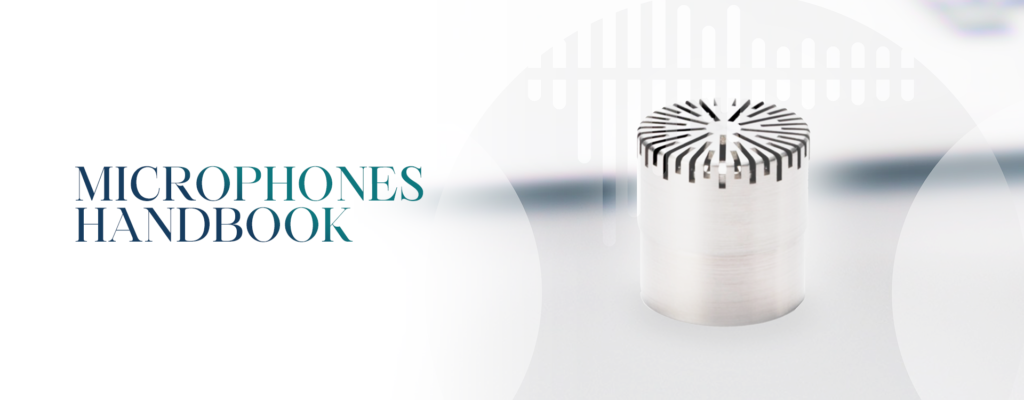
Noise Sensor
A microphone is an energy conversion device that converts sound signals into electrical signals. It is transliterated from the English word “Microphone”. Also called microphone, microphone. In the twentieth century, microphones evolved from resistive conversion of acoustic electricity to inductive and capacitive conversion. A large number of new microphone technologies have gradually developed. These include microphones such as aluminum ribbons and moving coils, as well as currently widely used condenser microphones and electrets. Body microphone.
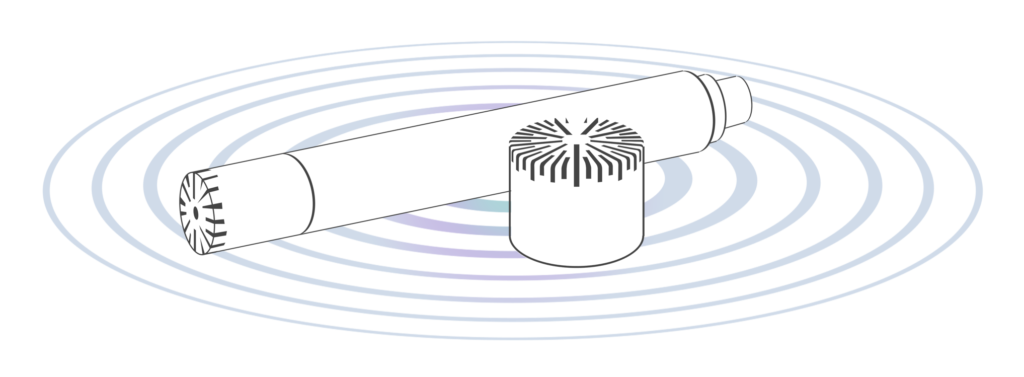
About Placid measurement microphones
In our everyday life, microphones are utilized in all our electronic devices such as PC’s, smart phones, televisions, even in smartwatches. Through this guide, we will explain more about the PLACID microphones that are explicitly designed to be utilized in a complex environment that measures sound: measurement microphones.
MEASUREMENT MICROPHONES
PLACID Instruments BV is a research-oriented high-tech enterprise mainly engaged in the research and development of acoustic measuring equipment, acoustic engineering design, and acoustic vibration technology consulting. The company’s core business is the R & D and manufacture of measurement sensors, test systems, professional recording microphones, professional audio equipment, and acoustic vibration test systems. Nowadays, this method brings values to a various range of measurement microphones for numerous applications from ultra-low to ultra-high sound levels over a very wide array of frequencies.
MEASUREMENT PHYSIC SETUP
Measurement microphones are built on a basic corporal principle: the capacitance microphone. Condenser microphones use two charged metal plates (a diaphragm and backplate) that form a capacitor. When soundwaves hit the mic’s diaphragm, they vibrate within the diaphragm, and the distance between the back plate and diaphragm impacts the voltage called capacitance.
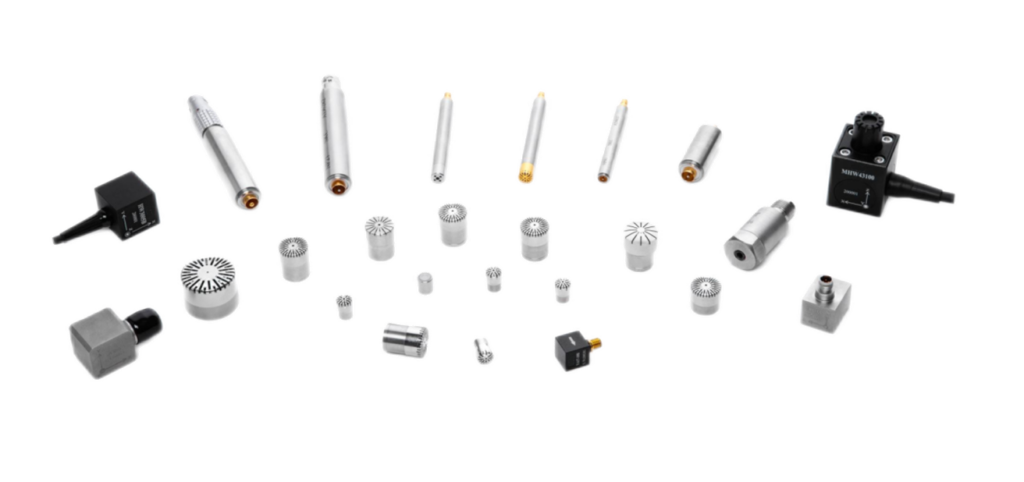
Frequency range of microphone
The frequency range of a microphone describes the range of frequencies that it is capable of capturing or reproducing. The range is typically measured in Hertz (Hz) and indicates the lowest and highest frequencies that the microphone can pick up. Most microphones can pick up frequencies within the range of 20 Hz to 20,000 Hz, which is also known as the audible range of human hearing. However, some microphones may have a narrower or wider frequency range depending on their intended use. For example, a microphone designed for recording bass-heavy music may have a lower frequency range than a microphone designed for capturing high-pitched sounds like bird songs. On the other hand, a microphone designed for speech may have a narrower frequency range, typically between 100 Hz and 10,000 Hz.
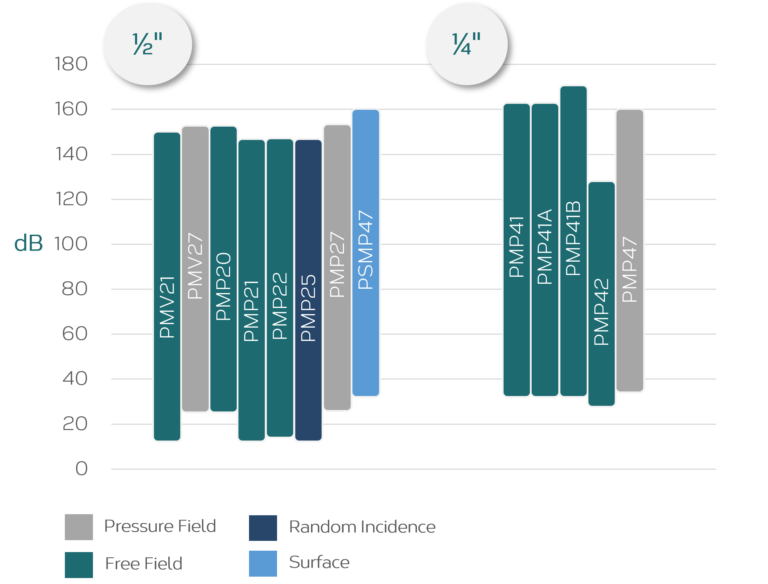
Noise sensor selection guide
There are various types of noise sensors. Different test scenarios need to select sensors with different parameters. The selection steps and keywords for each step are explained in detail below.
Step 1
Judge whether it is an external polarization sensor or a pre-polarization sensor
Step 2
Judge whether the application scenario is free field test, pressure field test or random field test
Step 3
Determine the dynamic range
(sensitivity) of the test sound
Step 4
Determine the frequency range of the test sound
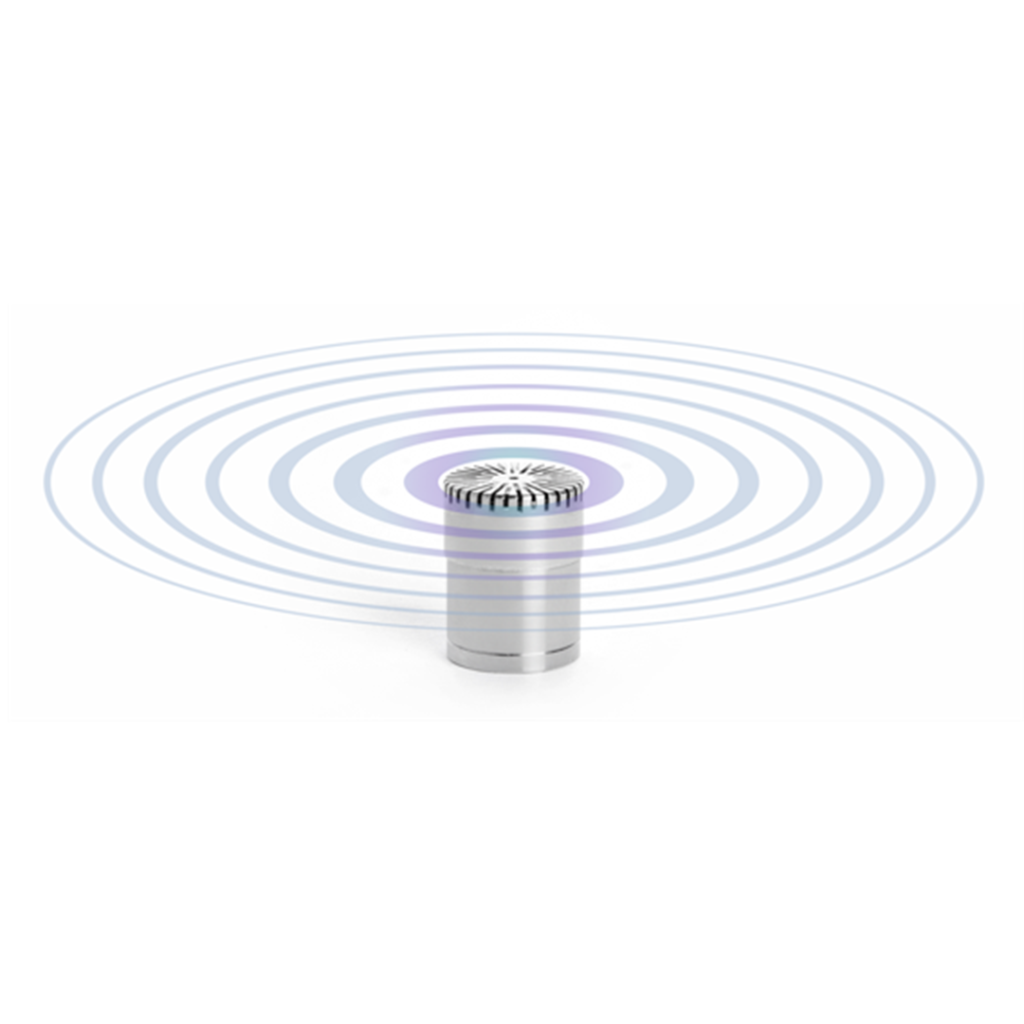
FREE FIELD SENSORS
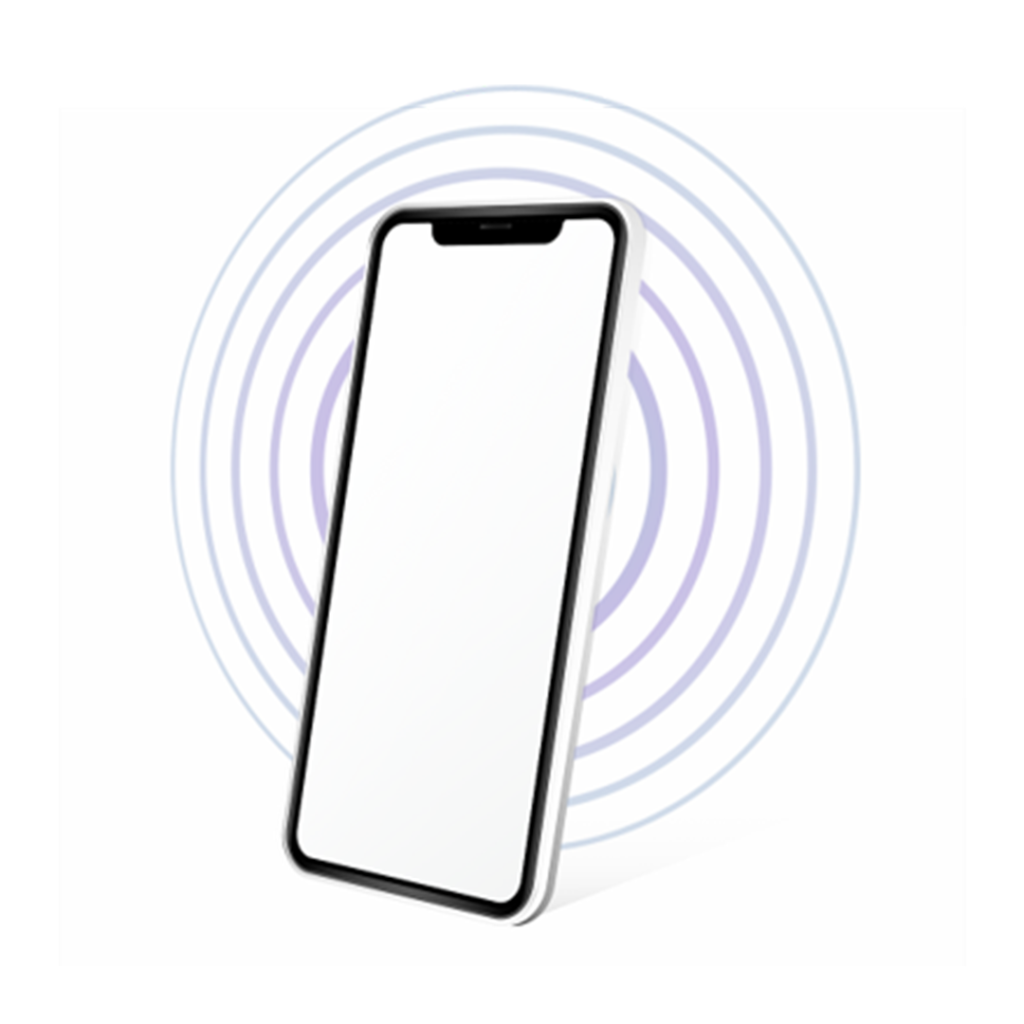
PRESSURE FIELD SENSORS
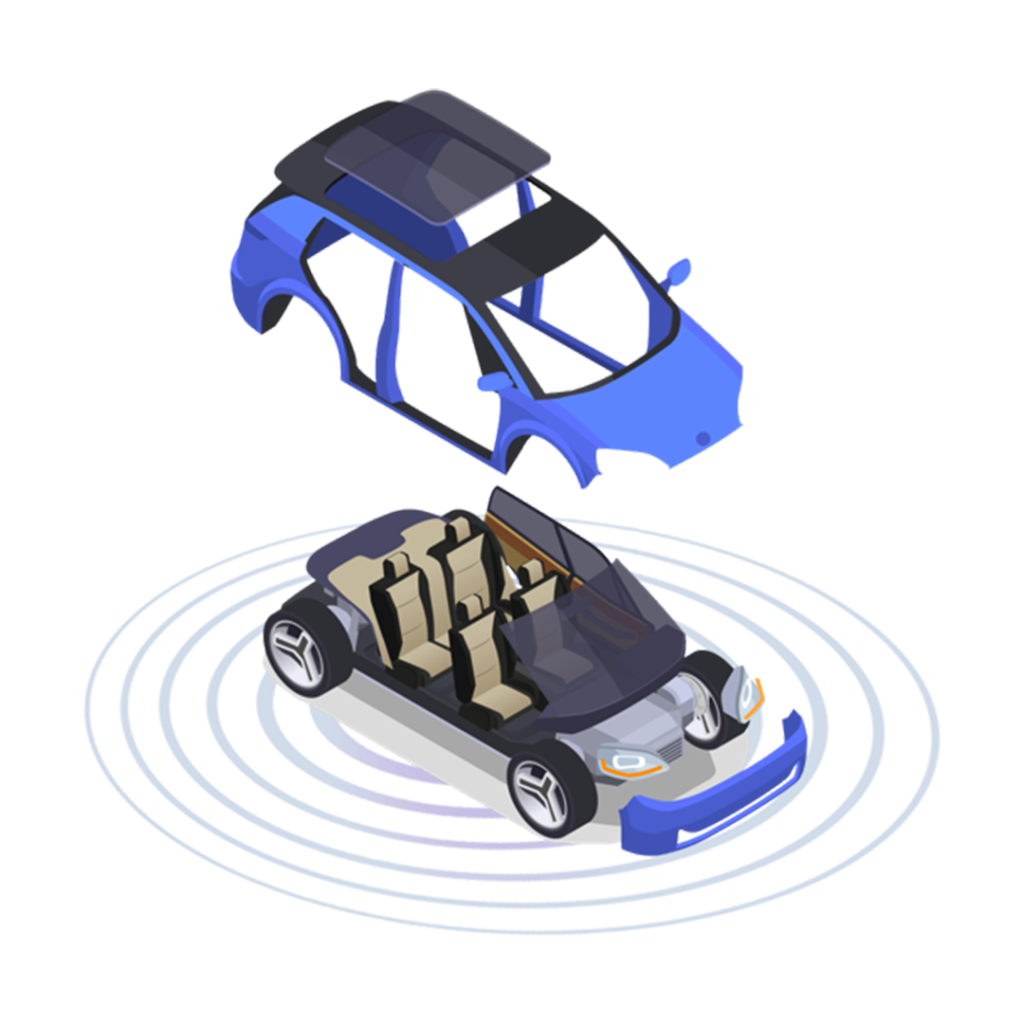
RANDOM FIELD SENSORS

